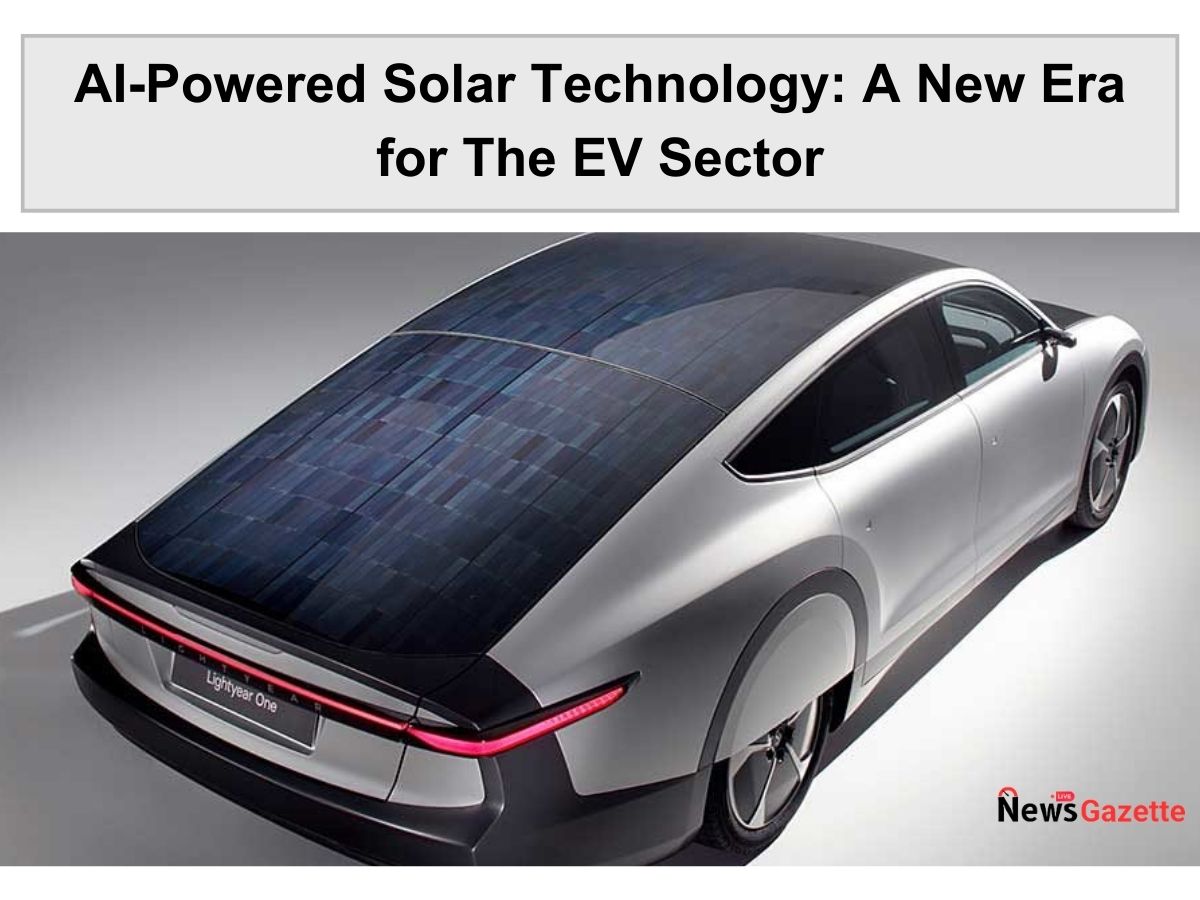
AI-Powered Solar Technology: A New Era for The EV Sector
The advent of electronic vehicles resulted in a sizeable burden on the already stretched global energy grid. With Over 2.3 million electric cars sold in the first quarter of 2023, the electricity demand during manufacturing and post-production has also increased exponentially. In 2022, the electronic vehicle base energy consumption alone was 110 TWh. For comparison, the Netherlands consumed 113 TWh of electricity in the year prior. By 2030, The electric vehicular sector is expected to account for approximately 4% of the global final electricity consumption. Confronted by these statistics, the dire need for a renewable energy alternative was realized. In such a situation, the AI-powered solar panels came as a surprise.
EV that does not need to be plugged in…
The model Odisha University of Technology and Research developed uses artificial intelligence (AI) technology to drive direct current (DC) electric motors that initially used photovoltaic arrays. The 2023 batch of Electrical Engineering students Bismit Mohanty, Siddhant Mishra, and Sobhanjit Padhi pioneered this innovation. The findings of this project were presented at the International Conference on Smart Systems for Applications in Electrical Sciences in July 2023. “I want a chargeless electric vehicle in which power is taken directly from the solar array” Mohanty said. The developers of this technology envision a future where such a system, when used in electric vehicles, would eliminate the need to connect to the primary power grid. Their model of solar-powered electric motor not only benefits the automobile sector but has uses in an industrial or household setting.
The model proposed uses a brushless direct current (BLDC) motor powered by a solar photovoltaic (SPV) array and an intelligent hybrid battery system as a backup. An artificial neural network (ANN) associated with maximum power point tracking (MPPT) allows the solar panels to harness maximum energy irrespective of the environmental conditions. Also, the motor’s regenerative braking system charges the battery. Following the first Law of Thermodynamics, whenever the brakes are applied, the vehicle’s kinetic energy will be converted into an electrical output.
Read Also: Tesla Soon to Enter India’s Domestic Market
Unlike theoretical models’ real-world electronics generate a varying percent of energy wastage. An average DC motor is expected to have energy efficiencies ranging between 75% and 80%. Mohanty’s model is charged by sunlight, however only at the maximum-power point can a solar panel deliver maximum electrical power for a particular amount of irradiation. In simple terms, this means fluctuation in temperature and sunlight can shift to the maximum-power point resulting in lower electric output. The solution proposed was to change the resistance solar panels based on the sunlight intensity and temperature. Control over the variable resistance was linked to a set of AI algorithms. The AI technology in question is the artificial neural network (ANN).
Here, the ANN uses several temperature and irradiance sensors to calculate the resistance needed to meet the maximum power points. Although the system can make complex predictions, the exact criteria for those predictions cannot be determined. Overall, the abovementioned modification can generate an 80% energy efficiency on the BLDC. Energy loss-related issues had been a major hurdle for several renewable energy-based projects and initiatives. With the recent findings, companies like Lightyear have begun massive-scale production of solar-powered vehicles. We also hope for the revival of various previously abandoned eco-friendly projects. Odisha University of Technology and Research researchers demonstrated that the best solution need not be a complicated discovery. The innovative combination of existing has yet to reach its full potential.

Lauren Sargent is a seasoned professional in the field of business, finance media and chemical & materials, boasting more than two decades of experience in the digital arena. She has more than 10 years in B2B journalism. Her primary areas of expertise include business strategy development, operational management, product launches, fostering high-quality journalism, and adeptly leading teams to excellence. In Her role, he assumes responsibility for every facet of content oversight at the News Gazzete.
